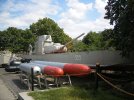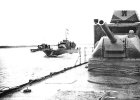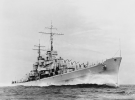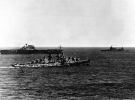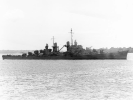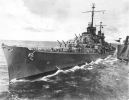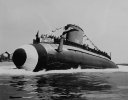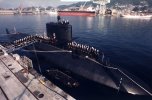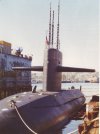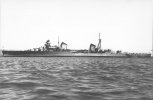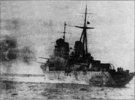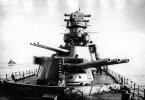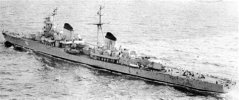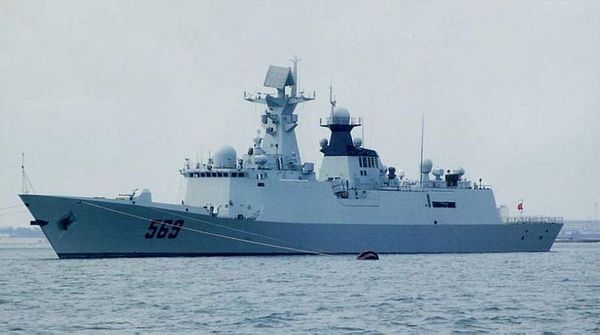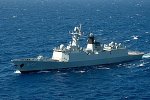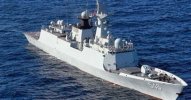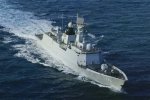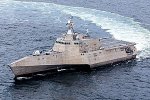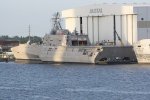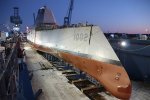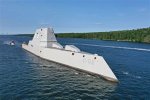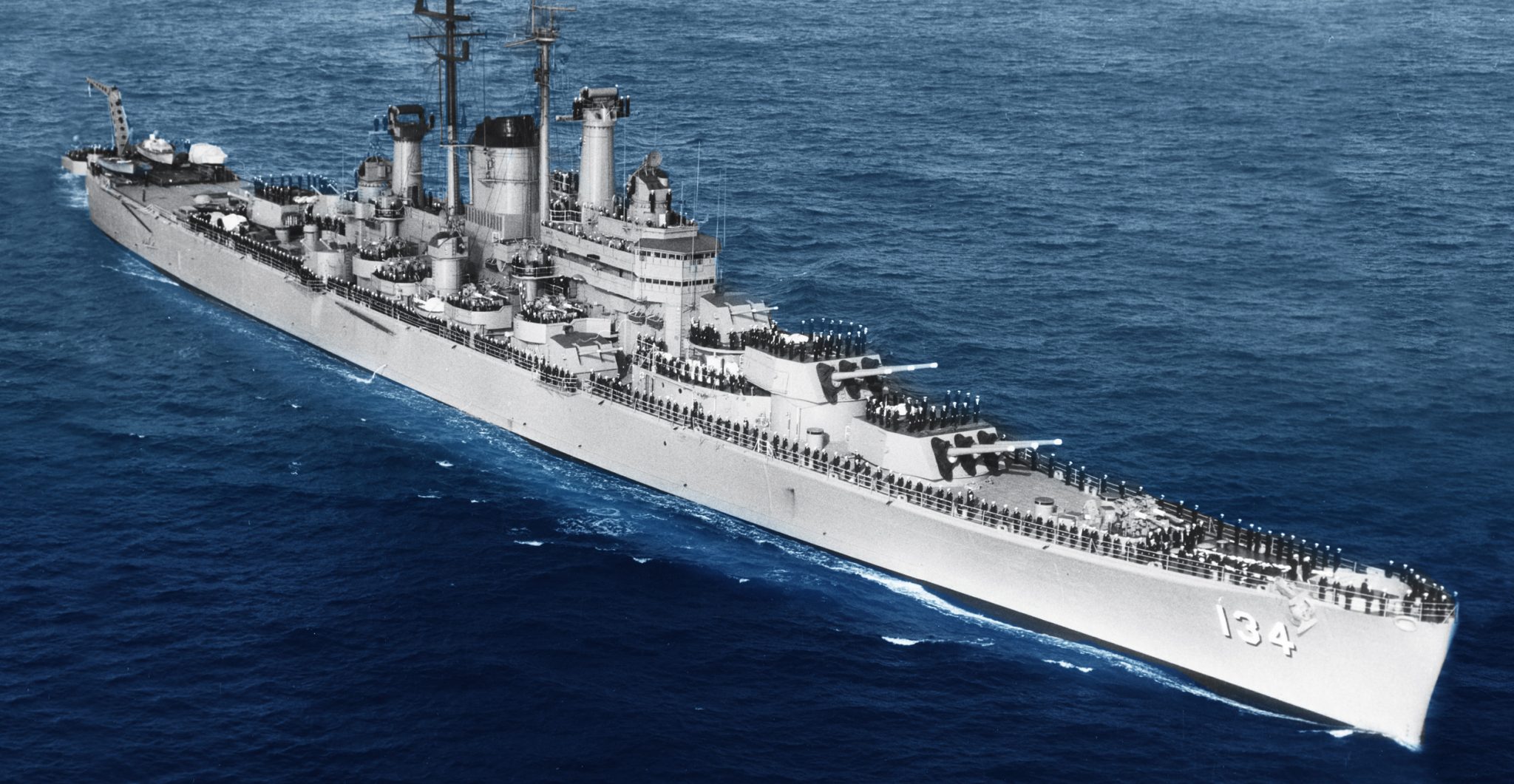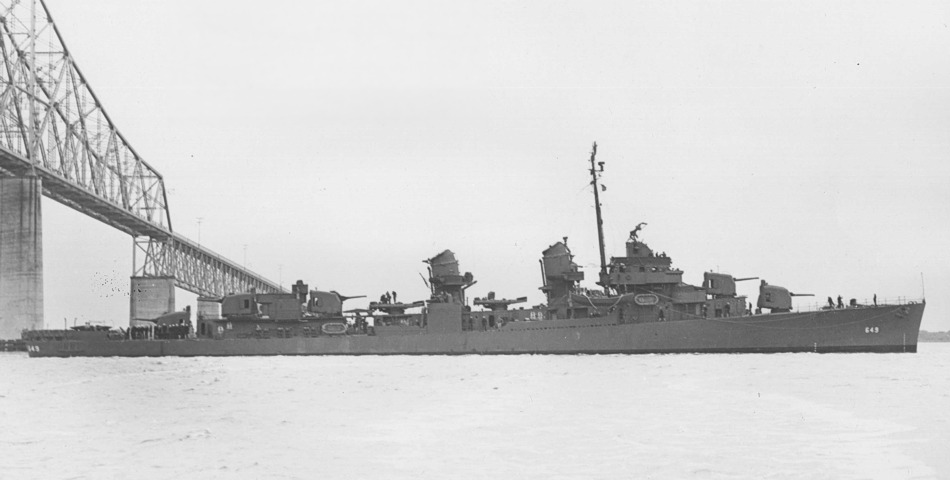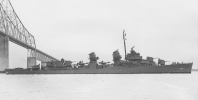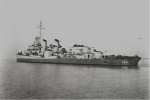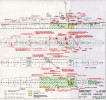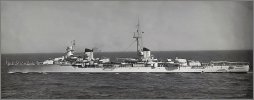Aren't the largest guns on an active duty USN ship the 24 lbs smooth bores on the Constitution?
Probably heaviest armor too... As a sidenote, wonder how an updated version of the 8"/55 caliber Mark 16 of the
Des Moines would do in place of the now useless 6" "advanced" gun system currently installed?
With the guns they would have been battlecruisers- the firepower and speed of a battleship but without the armor of a battleship. Without the guns, well...
I'm skeptical of the hull design and radar cross section. That's tainted from seeing what the Burkes looked like on a plain old nav radar, which is to say not much different than any other ship and easily detectable at any range. The original Burkes had some then-modern features to reduce their RCS and all the flights have kept those features or improved on them. For either class of ship, I'm sure the op analysis guys did a lot of work to figure out that the Pk of an enemy missile is measurably less with the funky hull design. I'm just not sure it pans out in reality once the ship ages, but now I'm drifting out of my lane.
Even if the 6" guns worked as advertised, I don't think you could call the
Zumwalts a battlecruiser in the way you might call a
Kirov class a battlecruiser. Just not enough heavy armament - the
Kirov's carry some massive anti-ship missiles. (when you carry a supersonic, 15,000 lb missile called "
Shipwreck", that's a whole other ball game.)
For the last ship of the year, the greatest heavy cruiser design ever:
USS Des Moines (CA-134). An enlarged
Baltimore class, it carried a revolutionary new autoloading 8" cannon mounted in 3 triple turrets that could fire 10 - 12 rounds per gun per minute. For some perspective on the ability to throw lead downrange, here is a comparison:
Firepower weight per minute:
- Baltimore class (AP Shells)- 12,060 lbs. per minute
- Mogami class (AP Shells) – 11,080 lbs. per minute
- Admiral Hipper class (AP Shells) – 10,760 lbs. per minute
- Algerie class (AP Shells) – 10,840 lbs. per minute
- Des Moines class (AP Shells) – 36,180 lbs. per minute
Commissioned on 16 November 1948, the
Des Moines saw limited action before being decommissioned in 1961. That said, her sister ship the
Newport News saw extensive service in Vietnam including the famous 1972 charge into Haiphong Harbor to level the place with 8" gunfire at point blank range. Her other sister ship,
USS Salem, is a museum in Massachusetts.
Length: 716 ft, Beam: 77 ft, Displacement: 21,200 tons at full load
Powerplant: 4 boilers producing 120,000 HP fed 4 shafts for 33 knots
Armor: Belt: 4"-6", Deck: 3.5", Turret" 2"-8"
Armament: 9 (3x3) autoloading Mark 16 8"/55 caliber cannons firing 335 lb shells to 30,500 yards
12 (6x2) 5"/38 caliber dual purpose
24 (12x2) 3"/50 caliber AA guns
War History online proudly presents this Guest Piece from Chris Knupp Determining what would have been the greatest heavy cruiser would be a challenging

www.warhistoryonline.com
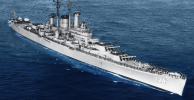
USS Des Moines (CA-134)
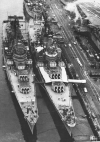
SS Newport News (Des Moines class) alongside USS Boston (Baltimore class). The larger size of the Des Moines class is evident, especially her larger turrets.
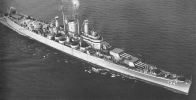 Des Moines
Des Moines underway at sea on 15 November 1948
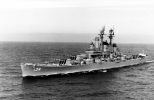 Des Moines
Des Moines underway at sea, circa in the late 1950s
